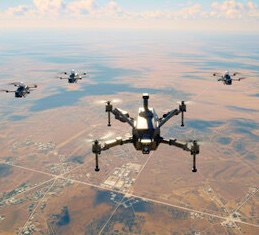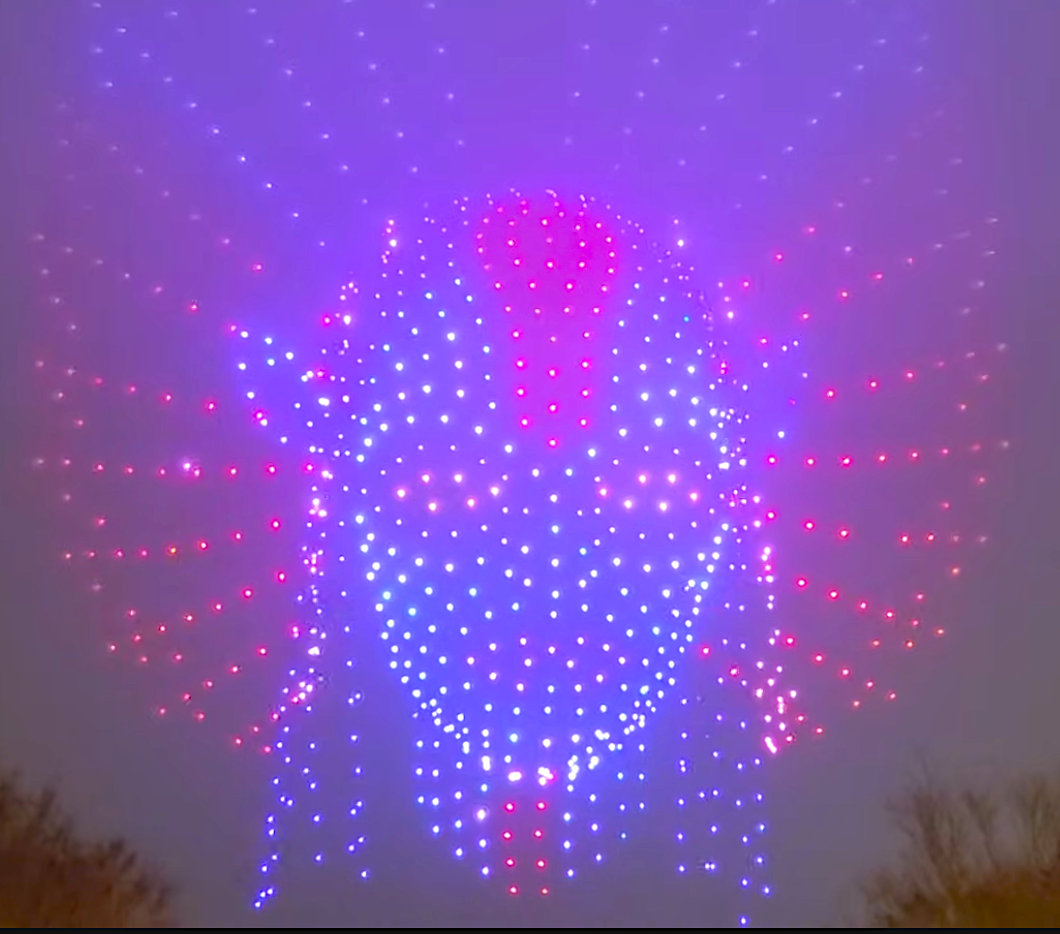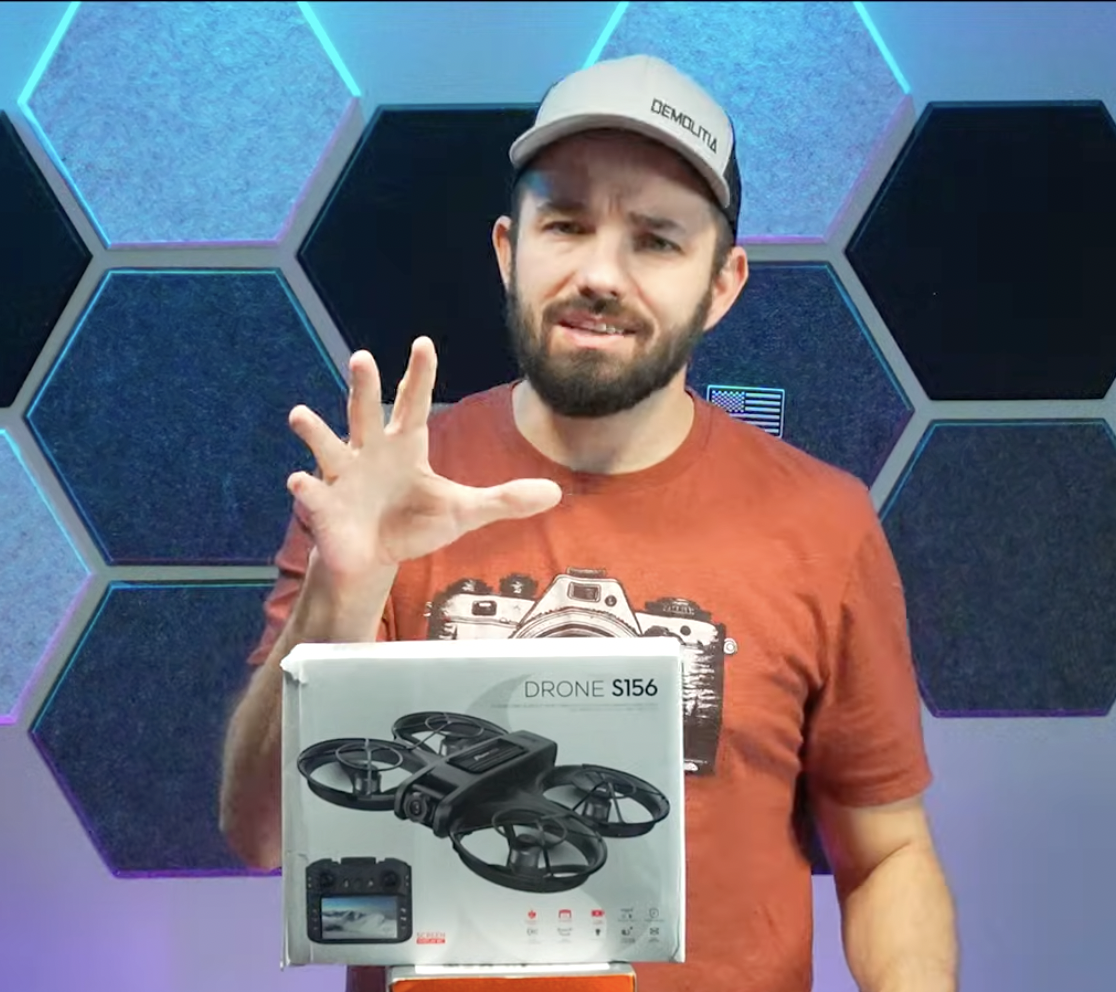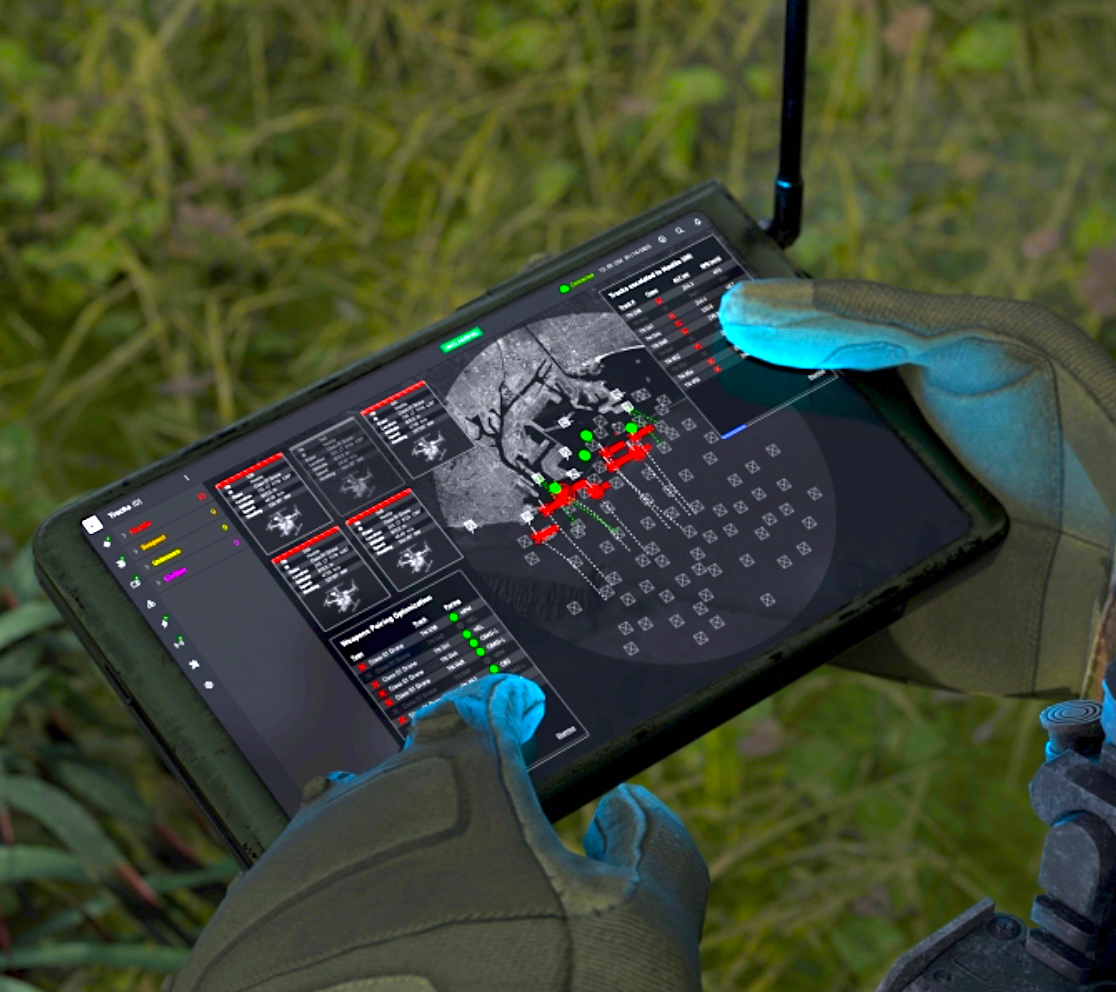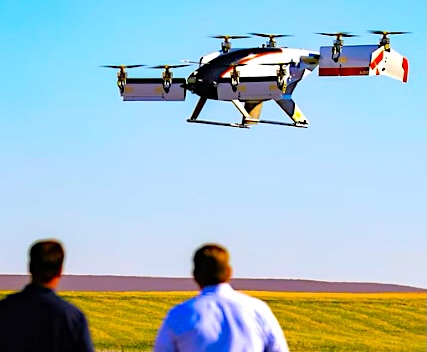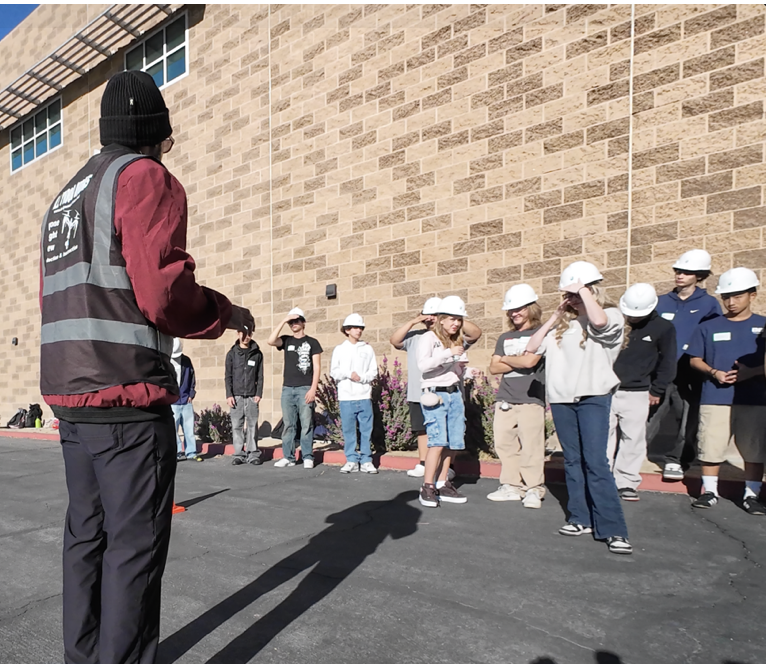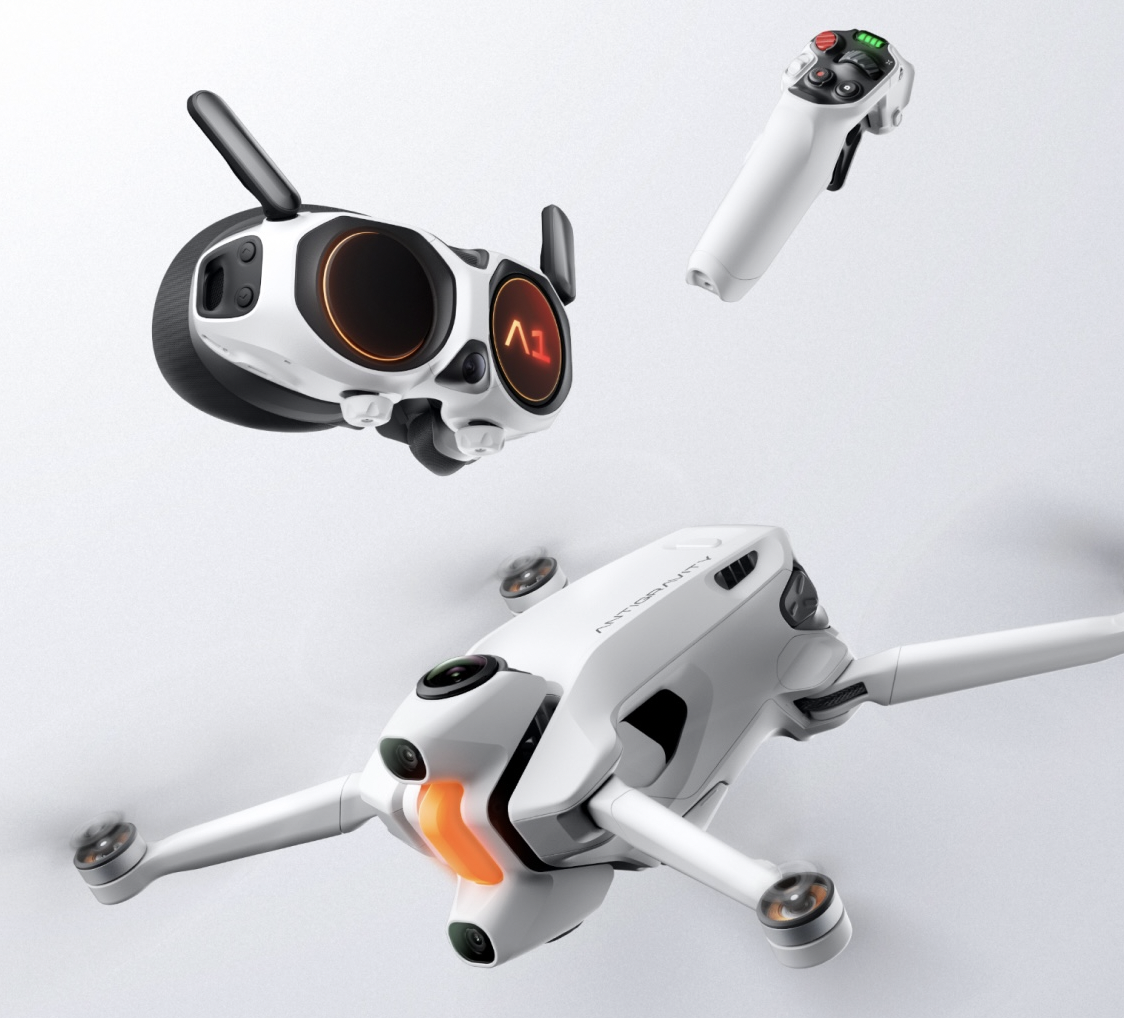Featured NewsTactical and Law EnforcementIndoor Robotics Reimagines Security Patrols

August 8, 2022
—From Indoor Robotics
Let’s begin with a bold statement: With each passing year, it becomes less and less logical to continue using human labor for routine security tasks when AI technologies offer a proven, superior alternative.
When it comes to security and risk mitigation, human security teams have three specific roles: monitoring CCTVs or mounted webcams, responding to alarms and tripped sensors, and on-premise, in-person patrols.
Any professional security manager is familiar with the weaknesses and limitations of the first two tasks—those that aren’t actually about human failings, but rather the constraints of the surveillance equipment. CCTVs are stationary, low-resolution, easily circumvented, and cannot all be watched simultaneously. Sensors often issue false alarms that must be investigated. They are rarely plentiful enough, distributed comprehensively, or multi-functional.
Putting these drawbacks aside, let’s focus on foot (or vehicle) patrols by guards tasked with spotting threats or safety risks. A diligent guard patrolling indoor or outdoor spaces uses all his five senses, spots subtle problems, makes judgment calls, and dynamically adapts to times and locations that need special attention.
But while it sounds great to leverage all those skills that make us human, the list of obvious disadvantages is disturbingly long. Let’s take a look at the four top challenges.
People don’t scale. Simply put, one guard can only be at one place at one time. Periodic but sporadic patrols are the norm, as they are much more economically feasible than a massive team of guards. If an intruder appears, a water pipe bursts, or equipment overheats moments after a guard has passed by, its discovery is delayed until the next pass—whenever that is.
People are biological. We need to eat. We only work a limited number of hours per day. We get sick, need vacations, and have to step out to the restroom. Though we’ve come to accept this reality, these scenarios represent time we pay for, but get nothing.
People are, yes, only human. It’s hard to blame a guard who spends eight hours in a static, repetitive, under-stimulating environment for getting bored or inattentive. It’s natural for him to be sidetracked by even the smallest distraction if it offers relief from the monotonous.
People can’t fly, shrink, or visually detect heat. Many environments suffer emergencies caused by problems that aren’t visible to the human eye (overheating equipment, a hard-to-spot leak in a large warehouse or in a little-trafficked area, a burglar hidden in the shadows), or within physical range of a human guard on the ground. Their detection evades even the most attentive patrol.
A solution for security, safety, monitoring, and inspection that eliminates every single one of these weaknesses isn’t just an interesting nice-to-have strategy—it’s the only responsible approach to both save money and get better results.
The solution?
A fleet of fully-autonomous indoor drones. They are serving security officers round the world today, available in a low-risk, cost-effective, pay-as-you-go RaaS (“robot as a service”) model. Driving a $2.27 billion-growing market, indoor drones outperform human patrols from almost every perspective, and completely eliminate the disadvantages of traditional sensors and CCTV. Here’s how they do it:
Autonomous drones do. At a fraction of the cost on onboarding and employing a new guard (in a profession with unusually high turnover), you can add drones to your fleet inexpensively for simultaneous coverage of zones across your premises. Each one can be independently looking for unique dangers, moving at different frequencies, and at different schedules.
Autonomous drones don’t need time off. Aside from brief, as-needed automated recharging breaks that can be strategically coordinated, they work 24/7, don’t need days off, and don’t stop for a snack or bathroom break. They also won’t complain or worry if you send them into uncomfortable labs or machinery rooms.
Robots are cold, calculating automatons—that’s a good thing. Their sensors take in everything with instant clarity–suspicious movement, changes to objects their AI “knows” about, temperature changes, open windows or doors, and more. They aren’t biased, they don’t get distracted, and they are never too bored to stay focused. And, importantly, they aren’t forgetful. Instead of a manual, superficial log entry jotted down later, everything they sense is documented precisely and instantly, and stored on-premise or in the cloud. That alone is a game-changer. (Can you really expect a guard to recall if a specific window was open on his 2:30 a.m. patrol?)
Robots have superpowers. Flying high above ground level and squeezing into small areas is critical in many industrial and expansive commercial environments. This ability provides perspective and accessibility impossible to achieve by a guard on foot. Heat and air quality sensors and navigating under poor light conditions all take their skills beyond human perception. A fully autonomous indoor drone is a dynamic, flexible, and virtual sentry. As it glides, hovers, and dodges in 3D space, it suffers no blind spots or limits on where or what it inspects. Problem solved.
Intergration is not painful—it's beneficial. Of course, most facilities have components of a long-trusted, well-crafted security infrastructure and, yes, people they don’t want to replace completely. A drone-based patrol system can integrate with these management platforms and work alongside personnel. It can merge data, send out alerts, and provide a true, trusted, 360-degree view of the premises.
Robotic Drone Patrols on the Job...
So, keep an eye on the ceiling. You will be seeing more and more of these drones zipping around offices, warehouses, data centers, malls, transportation centers, and more. No area is too small. Even a typical office building can reap substantial benefits.
One of our clients—software company—was plagued by their CCTV, motion detectors, smoke and heat sensors, and standard contact alarm sending out ongoing false alarms. Each false alarm required someone to investigate. They even suffered fires from employees leaving electric scooters to charge unattended overnight. With our Tando system in place, these episodes became a thing of the past. They know that any intruder considering a break-in will think twice when spying a camera-armed drone hovering in the window.
For security officers, the future of robotic drone patrols is here. Don’t let it whiz past without taking a closer look.
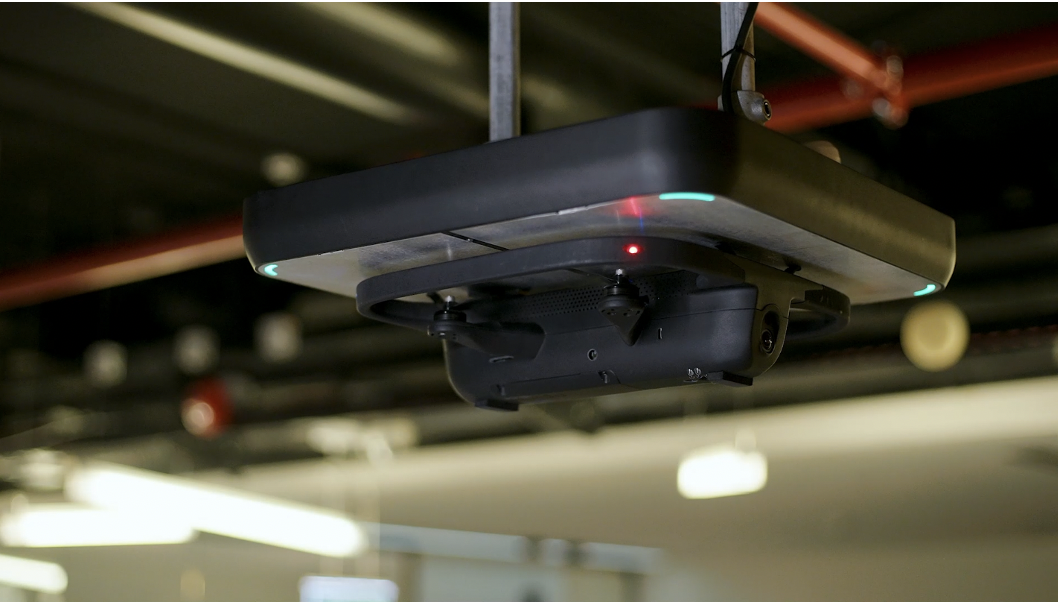
About Indoor Robotics
Indoor Robotics combines the advantages of innovative technology and human mobility to provide AI-operated security systems. The company developed the first of its kind autonomous indoor drone fleet for monitoring and security purposes in indoor spaces.
The company's flagship product, Tendo, is intended for use in offices, data centers, warehouses, and commercial areas. Tendo is designed to perform routine day or night patrols, and alert security personnel in case of an intrusion or a safety hazard, such as a fire or leak. In this way, Tendo does not need to replace on-site security officers, but it will enhance their work. Powered by artificial intelligence, the drone features a 360-degree camera, heat sensors, motion sensors, and leak sensors that send alerts in case of intrusion, fire, a change in room temperature, and leaks. Tendo is installed close to the ceiling using its Tile magnetic docking station, disconnects from it when needed, and floats in a building to monitor and identify unusual events.
CLICK HERE TO LEARN MORE: www.indoor-robotics.com.


